Corporate Culture is a Barrier to Labor Organizing in the Video Game Industry
Current and former video game workers detail a longstanding culture of sexual harassment, exploitation, and retaliation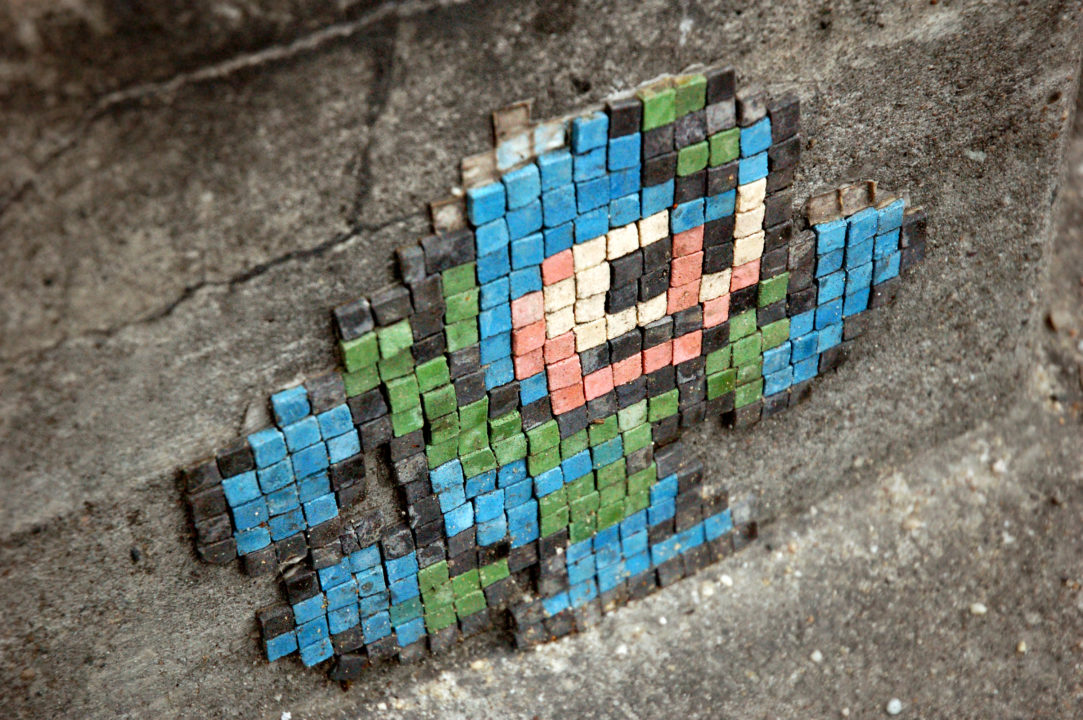 Mega Mosaic , Boston, Massachusetts. Photo by Brian Talbot.
Mega Mosaic , Boston, Massachusetts. Photo by Brian Talbot.
Gaming is a multi-billion-dollar industry, valued at $30.4 billion in the U.S. while the global industry is expected to grow to $321 billion by 2026. However, the industry’s sheer size is built on the backs of exploited workers who suffer through unpaid overtime, long periods of intense work to meet unrealistic deadlines, and a culture of sexual harassment and discrimination.
Video game studios have sustained these poor working conditions by constructing a romantic, utopian dream of pursuing a passion for video games by making video games. Many gamers perceive video game development as an attractive vocation, but the promise of a fun, creative workplace hides the ugly truth of the exploitation of the workforce.
“It’s a passion industry,” says Alex Speidel, organized play coordinator for Paizo and one of the organizers for United Paizo Workers. “People get into [the games industry] because they love [gaming], and workers are willing to accept exploitation and low wages because we make the games we love.”
Larger corporations rely on workers’ passion for video games and creativity to justify these abusive environments and bolster their profits; a common refrain is that unions will squash “creativity.” And workers at small companies like Paizo often face workplace issues like low pay, leaving employees more concerned with making rent than addressing workplace inequities.
However, unionizing in the video game industry has its unique quirks. The connection between a video game company and its direct consumers is close; gamers aren’t known for being quiet about their criticism. The fact that it’s a passion industry further complicates organizing workers and forming a union.
Furthermore, there are not many opportunities for people within the video games industry if they leave a particular company. There is a myth that things are better outside of bigger companies, but that is not necessarily the case.
“I worked at an indie studio—the working conditions are not better [than in corporate studios],” said Jessica Gonzalez, an organizer at CODE-CWA, founder of A Better ABK (Activision Blizzard King) and co-founder of Game Workers Alliance, “Only the corporate elite in major video game studios have money, while at indie studios, nobody has money.”
That many video game developers work in toxic work environments isn’t a new revelation. In 2004, a blog post by a software engineer’s wife revealed EA as a workplace that insisted on permanent “crunch time”—compulsory overtime during game development. In EA’s case, they “cut” costs by insisting on 80-hour workweeks from employees rather than hiring additional staff to meet production deadlines. A class-action lawsuit was filed in the wake of the scandal, which forced EA to soften its practices.
However, the controversy did not translate to industry-wide change as long work hours, sexual harassment, low pay, and a culture of burnout persisted, and workers are opening up to unionizing.
The labor movement starts to gain traction
The unionization movement in the U.S. video game industry started to gain traction in 2019 when employees at Riot Games walked out to protest the forced arbitration of a sexual discrimination lawsuit filed in November 2018 after gaming website Kotaku published a scathing article detailing the sexist culture at Riot Games. After the walkout, many assumed that Riot Games would be the first company in the USA to create a union-like initiative.
That never happened, but a continuous series of industry controversies in 2021 led to a gain in labor organizing momentum. The impact of the pandemic partially fueled this. As a result, workers realized they didn’t have to drive to an office daily or work rigid 9-to-5 shifts.
“For a lot of us, the pandemic was a real awakening,” says Speidel. “We can have this flexibility, and we can be trusted to get our work done.”
“For a lot of us, the pandemic was a real awakening. We can have this flexibility, and we can be trusted to get our work done.”
However, the pandemic also created challenges for organizing. With most workers in the industry working remotely, many of the traditional in-person routes of growing relationships and networks for workers’ rights organizing weren’t an option. Unless people actively made time to virtually game with each other or meet up outside of work, there were fewer opportunities to connect.
“You have to work hard to form bonds to form a union,” Speidel said.
Some studios were able to navigate those barriers and form unions. Vodeo Gamesunionized at the end of 2021, creating the first certified video game studio union in North America. And while video game developers remain mostly non-unionized, the 2022 State of the Game Industry Report indicates that 55% of the video game workers they interviewed wanted their workplaces to unionize.
However, the stories behind those unionization efforts are full of complications and halting progress. At Raven Software, a subsidiary of Activision Blizzard, workers began unionizing partially in response to the California Department of Fair Employment and Housing (DFEH) filing a lawsuit against Activision Blizzard for sexual harassment. A two-year investigation by the DFEH found that the company had fostered a frat boy culture in which female employees were subjected to constant sexual harassment, unequal pay, and retaliation.
According to Gonzalez, the lawsuit news was the spark that lit the unionization process.
“We all knew that something was up. People we thought would be lifers just started leaving the company,” Gonzalez said.
Of particular significance was an email sent by Frances Townsend, who at the time was the chief compliance officer of Activision Blizzard, to the entire company on behalf of the Activision Blizzard King Women’s Network. In the email, she claimed that all the stories of harassment and abuse were false or out of context.
“She essentially gaslit the company,” says Gonzalez.
Workers successfully formed a union, the Game Workers Alliance, after the layoffs of 12 quality assurance contractors (QA) in December 2021. But despite their passion and organization, these grassroots efforts ran into the same problem many labor advocates experience: working against a monolithic corporate culture resistant to change. By the time news of exploitative work environments spills into public view, it’s already reached a tipping point that can be difficult for labor organizers to overcome.
“We [have to start organizing] backward where the fuse was already lit,” Gonzalez said. “Whenever people would try to talk about problems, they would get told to keep quiet because they work in video games.”
“We [have to start organizing] backward where the fuse was already lit. Whenever people would try to talk about problems, they would get told to keep quiet because they work in video games.”
Additionally, the culture of secrecy and “keeping one’s head down” that many advocates say dominates the video game industry often stymies organizers’ attempts to engage workers, especially concerning the problems plaguing their workplaces.
“Everyone knows what happens in the industry, that these problems need to be fixed,” Gonzalez said. “However, when the problems surface, the companies try to sweep them under the rug and claim to be handling the problems. The example of Activision Blizzard makes it clear that large companies are not handling their problems.”
Unions don’t stifle creativity; they create safeguards that encourage it
Advocates say that it took the pressure of a highly publicized lawsuit to create some level of change because people feared the repercussions of actively confronting the underlying causes of their toxic workplaces as well as the anti-union sentiment coded into the creative industry.
“Everyone wants to be part of the movement when it’s going well, but many people don’t want to put themselves in a place that will jeopardize their jobs,” explains Gonzales.
The precarious nature of video game jobs contributes directly to the challenges experienced in the labor movement. Video game workers often work on a contract basis, leading to a reluctance to openly support unions or criticize the toxic workplace culture. Often, the criticism of the workplace culture is met with the excuse of “it has been that way, and this is how we’ve always done it.” While Gonzalez understands where that fear comes from, they point out how people can still perpetuate harmful cultures, even if they’ve experienced trauma themselves.
Brendan Keogh, a researcher at the Queensland University of Technology, has written about how the video game industry embodies many of the problems creative workers face throughout the cultural industries. These workplaces stress the creative importance of their work. Creativity is essential to their process and creates the baseline value of the products they produce. As a result, many game developers in the U.S. believe that the “formality” and “rigidity” of unions are the direct opposite of the creative nature of game development. Therefore, a unified collective of workers is viewed as a “threat” to creativity.
The 2022 State of the Game Industry report notes that some developers believe that unions don’t have a place in the video game industry. While some see unions as necessary, or at least a step in the right direction, one respondent said that developers are “individual artists and engineers who are worth unique values and should be free to negotiate those terms ourselves.”
The creative nature of their workplaces puts game developers on a dangerous pedestal that’s perceived to make them immune from accountability and critique. The idea is that video games, as a form of art, are subjective, and the creativity that makes those games possible must be protected, even if it means subjecting employees to abuse and harassment.
Take Alex Afrasiabi, the former senior creative director for “World of Warcraft,” who was one of the only people identified by name in the DFEH lawsuit and described as an abuser who “engaged in blatant sexual harassment without repercussions.” According to court documents, he was so notorious that his suite at BlizzCon, an annual gaming convention hosted by Blizzard, was nicknamed the Cosby suite after the alleged rapist Bill Cosby as early as 2013. He was only fired for misconduct in 2020.
According to Gonzalez, developers like Afrasiabi would be protected and excused because of the perception that “[they’ve] never made a bad design decision.” The reality was that men like Afrasiabi abuse whatever power they hold to ensure they’re never held accountable.
Undervaluing workers calling for unions
QA workers are currently pushing the hardest for unionization. At many large game studios, most QA testers tend to be contract workers who are treated as an underclass within the gaming industry. In addition, major studios tend to sequester QA workers from the development team and arbitrarily restrict QA testers’ communication with the primary development team. This makes it harder for QA testers to compare notes with other development team members, debunk misinformation, and coordinate protests against management.
Gonzalez says that once the news about the lawsuit broke, Activision tried to push the concerns about worker exploitation onto Blizzard, as if those problems resulted from bringing Blizzard into the fold. Reports from current QA testers make it clear that there is a toxic culture of exploitation and disposability Gonzalez says has been deeply rooted in the company for years.
“I’ve seen [team] leads chase people to their cars while trying to force them to work overtime,” Gonzalez said.
Activision Blizzard describes it as “enhanced hourly wages,” which is how they sell their low hourly wages and elide the intense “crunch time” workloads. Gonzalez says the starting salary was $11 an hour, which the company noted would mean making lots of money in overtime, without mentioning the intense mental pressure and physical stress accompanying that paycheck.
“Sure enough, I was working 14-hour shifts on ‘Call of Duty: Black Ops III,’” Gonzales said.
According to Gonzales, the working conditions were so abysmal that it resulted in broken builds of the game and scrapping content for last-gen (PS3 and Xbox 360) versions of the game. Kate Anderson, a QA at Activision, explained on Twitter that she used to work six-to-seven days a week for 12 hours a day. Gonzales describes on Twitter how Treyarch, a subsidiary of Activision Blizzard, made everyone stay till 3 a.m. to work on a broken build.
As with many other industries, the pandemic accentuated the callousness and cruelty of corporate culture and the commercialization of the gaming industry. Workers were required to work longer during the pandemic, but many projects and milestones still faltered. These milestone failures translated to increased crunch time for workers, which contributed to the burnout pervasive throughout the industry. According to Speidel, the pandemic resulted in Paizo being in a constant churn where everyone was “all burnout and [had] no time to think or work on our games.”
“The ruling class that owns the companies [views us] as human fodder,” Gonzalez said. “They own us and do not have a personal interest in improving quality of life.”
During Raven Software’s bid to unionize, led by QA contractors, Activision Blizzard was accused of employing union-busting tactics. An anonymous report submitted to The Washington Post detailed how the company brought on nine new QA workers after laying off the 12 QA workers in December 2021 and transferred others to different departments to quash the union vote. Furthermore, Raven Software executives spread messages about how the union vote could impact employee benefits.
The tactics, which other companies like Nintendo have employed, show how game companies undervalue their workers and will try to relentlessly prevent union formation. Organizers like Gonzales argue that the only way to affect change is to damage the bottom line somehow, which is incredibly difficult.
The tactics, which other companies like Nintendo have employed, show how game companies undervalue their workers and will try to relentlessly prevent union formation. Organizers like Gonzales argue that the only way to affect change is to damage the bottom line somehow, which is incredibly difficult.
“Megacorporations like Activision Blizzard have the money to wait out any unionization efforts, which is why they’re stalling or asking for extensions,” Gonzalez said. “They’re doing everything they can to stomp out the movement.”
Building solidarity as a solution
As news continued to break about the working conditions at Activision Blizzard, workers at Ubisoft emulated A Better ABK. They formed A Better Ubisoft in July 2021—a grassroots organization of current and former Ubisoft employees demanding permanent change at the company. The organization penned an open letter that made several allegations of sexual assault and harassment against senior Ubisoft employees while also identifying the same culture of secrecy that permeated Activision Blizzard.
Labor organizers like Gonzalez said that workers from other industries in the middle of mass labor movements, including Stripper Strike Noho, are showing up to game workers’ walkouts. Members from GWA also showed up at the Stripper Strike Noho picket line on Aug. 19.
“We all show up for each other, and that is incredibly important right now,” Gonzales said.
The labor movement in the video game industry was built from solidarity among workers in different parts of the gaming industry. Speidel said that Paizo decided to work with CODE-CWA because while they didn’t have direct experience in the tabletop gaming field, they did have experience working with gamers and had familiarity with the gaming industry through video games.
“We figured that these [were] people who at least speak our language,” said Speidel.
As efforts to unionize within the industry continue to grow, the gaming community at large is starting to grapple with how to consume video games. Content creators like eloise and Emongg have built their careers on Blizzard games like “Hearthstone” and “Overwatch.” However, many are uncertain about how they should consume their favorite games without contributing to the exploitation of game developers. According to Gonzalez, the main thing people can do if they enjoy the content is actively discuss the working conditions.
“Spreading awareness [about the conditions under which a game was created] is essential if you consume the content,” Gonzalez said. “While it was not made ethically, the people who made it put their heart and soul into it. Sometimes [even] blood, sweat, and tears.”
Your support matters…Independent journalism is under threat and overshadowed by heavily funded mainstream media.
You can help level the playing field. Become a member.
Your tax-deductible contribution keeps us digging beneath the headlines to give you thought-provoking, investigative reporting and analysis that unearths what's really happening- without compromise.
Give today to support our courageous, independent journalists.

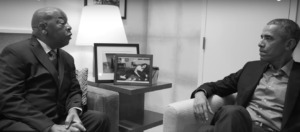
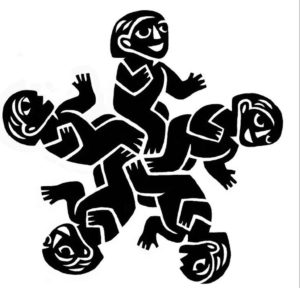
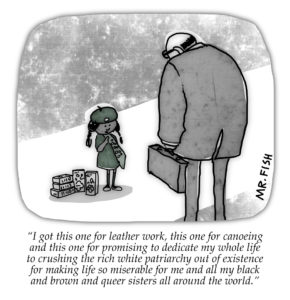
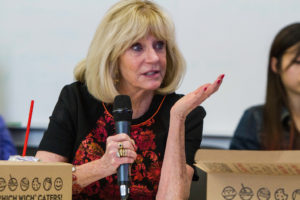

You need to be a supporter to comment.
There are currently no responses to this article.
Be the first to respond.